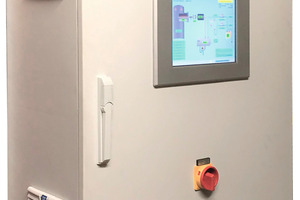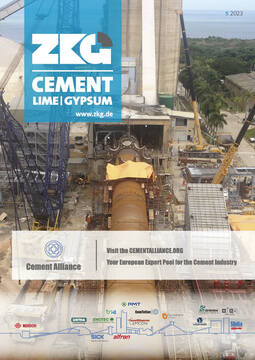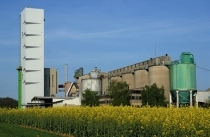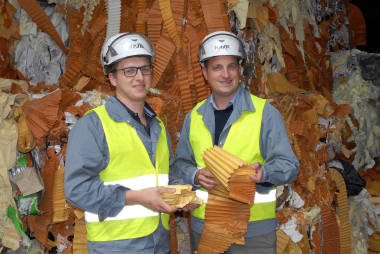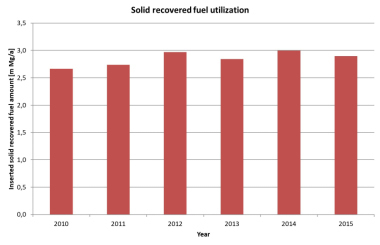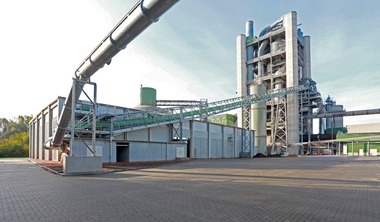Determine biogenic CO2 and profit from emissions trading
Plant operators who participate in an emissions trading system must buy allowances for the emitted CO2 of the plant if they cannot meet the cap. With the determination of biogenic CO2, there is a possibility to reduce the needed quantity of allowances and to profit from the emissions trading system.
Plant operators of waste incineration plants or co-incineration plants are obliged, or might be obliged in the future, to participate in the emissions trading system by the EU or by local authorities. This might entail high additional costs for allowances. With the determination of biogenic CO2, the costs for these allowances can be reduced, as biogenic CO2 is considered carbon-neutral, and no allowances have to be purchased for this share. In addition, a surplus of allowances can be kept and used in the future or can be sold on the market.
How to distinguish between biogenic and fossil CO2
Biogenic CO2 is carbon dioxide that has recently been absorbed by an organism. Biogenic CO2 is released by burning organic materials such as wood, sewage sludge, animal meal and other biomass. In contrast, fossil CO2 was bound millions of years ago and is released into the environment when oil, coal or gas is burned. Biogenic CO2 can be distinguished from fossil CO2 by the 14C fraction, a chemical characteristic that is not present in fossil CO2 because it decays over time.
Benefiting from biogenic CO2 determination
The ability to distinguish biogenic CO2 from fossil CO2 can be used by operators of waste incineration and co-incineration plants. For every tonne of CO2 emitted that is not of fossil origin, no allowances are needed. Therefore, great saving potential arises for plant operators.
The more accurately biogenic CO2 can be determined, the greater might be the savings. Permanent samplers such as Envea’s AMESA-B offer the biggest advantage here. With such a system, a sample is taken from the flue gas of the plant over a longer period of several hours up to a month and sent to an accredited laboratory for analysis. The amount of biogenic CO2 can thus be determined very precisely.

